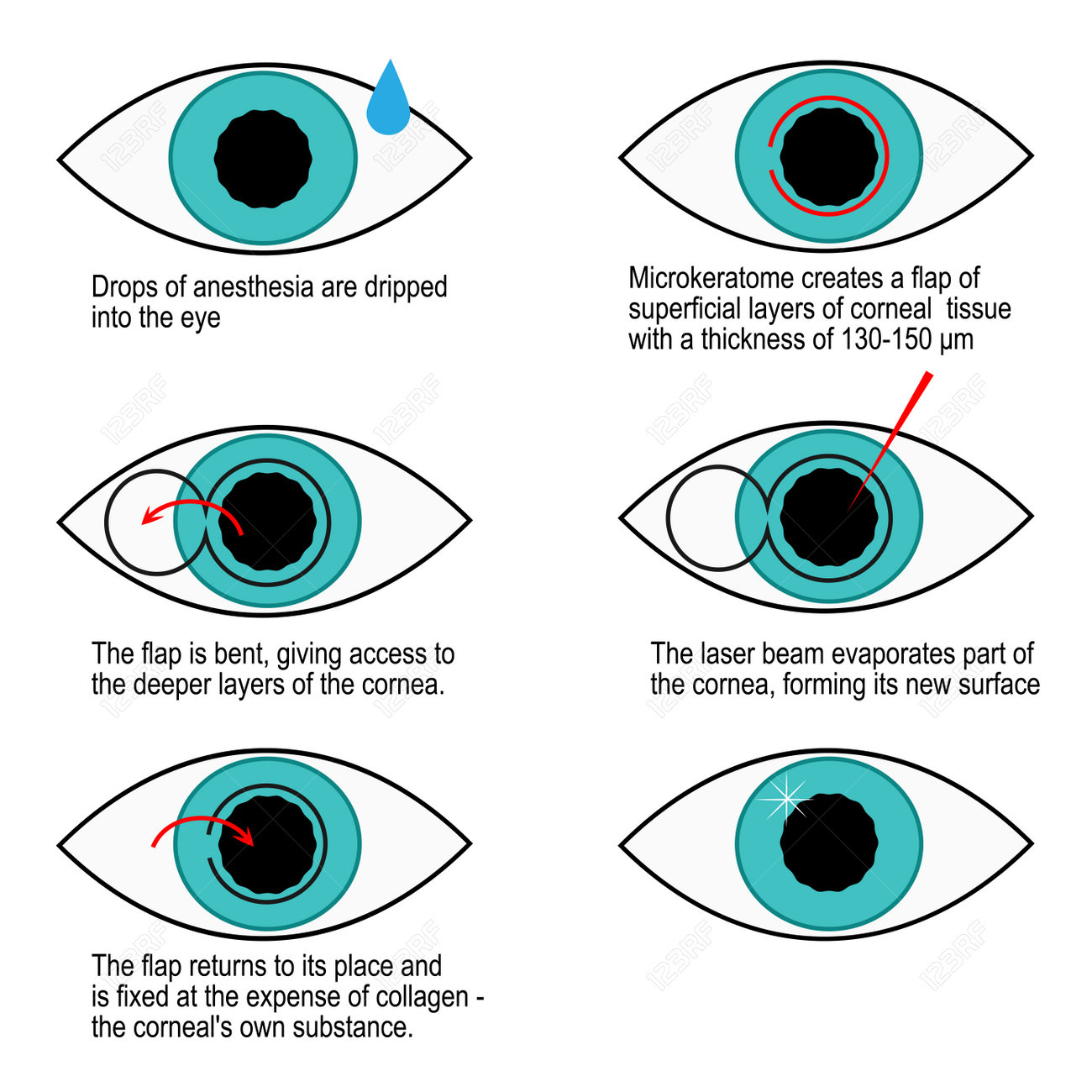Refractive Lens Exchange Explained: What Your Optometrist Isn't Informing You

Content Author-Hopkins Dunlap
Have you ever before considered Refractive Lens Exchange (RLE) as an alternative for vision improvement? While it isn't as widely discussed as LASIK, RLE could be a game-changer for your sight. Many people forget its advantages, believing traditional methods are their only option. But what are the real benefits, and what might your ophthalmologist not be informing you about this procedure? Allow's explore the ins and outs of RLE with each other.
Comprehending Refractive Lens Exchange: The Basics
Refractive lens exchange (RLE) is a procedure that can considerably improve your vision, especially if you're handling presbyopia or extreme refractive mistakes.
During RLE, your eye cosmetic surgeon eliminates your eye's all-natural lens and replaces it with a man-made one customized to your vision requires. This treatment can correct nearsightedness, farsightedness, and astigmatism, giving you more clear vision without relying upon glasses or get in touch with lenses.
The surgery is commonly quick, taking less than an hour, and many clients experience marginal pain. Healing is reasonably quickly, permitting you to return to your daily tasks quickly after.
If you're taking into consideration RLE, consulting with your optometrist can assist you establish if it's the ideal choice for you.
Key Differences In Between RLE and Standard Cataract Surgery
While both refractive lens exchange (RLE) and traditional cataract surgical procedure include changing the eye's all-natural lens, their main goals and client profiles vary significantly.
RLE is targeted at people seeking to lower their dependence on glasses or contact lenses due to refractive mistakes, commonly prior to cataracts create. On the other hand, typical cataract surgery usually targets individuals that've established cataracts, which cloud the lens and impair vision.
linked here made use of in RLE can provide a wider range of vision modification, while basic cataract surgical procedure typically includes standard monofocal lenses.
Additionally, RLE candidates are often younger and in good general wellness, whereas cataract individuals might be older and have other wellness worries.
Selecting the ideal procedure depends on your specific vision requirements and situations.
Prospective Benefits and Considerations of RLE
If you're thinking about refractive lens exchange (RLE), you'll discover several possible advantages that may enhance your lifestyle.
RLE can supply you with clearer vision, lowering or eliminating the requirement for glasses or get in touch with lenses. It supplies an opportunity to resolve presbyopia and other refractive mistakes all at once, usually enhancing your general visual acuity.
In https://www.abc.net.au/news/science/2019-08-17/laser-eye-surgery-explained/11399794 , RLE can be a wonderful option if you're not an ideal candidate for LASIK. Nevertheless, it is necessary to evaluate the factors to consider, like the cost, possible risks, and the healing period.
Reviewing your particular demands with your optometrist can help you make an informed choice, ensuring you select the best path for your vision adjustment.
Conclusion
To conclude, refractive lens exchange provides an unique service for vision adjustment that exceeds what LASIK can offer. It's necessary to consider the benefits versus prospective risks and prices before choosing. Do not wait to ask your optometrist the difficult concerns to ensure you completely comprehend the treatment and its implications for your vision. With the ideal details, you can confidently select the very best choice for your eyes and lifestyle.

